I get a lot of people asking me questions about Medellin. There seems to be a lot of families – Worldschoolers like we are – who are interested in, or already planning on, coming here. I love to help. So I have decided to write this blog post to answer some of the frequent questions and try to put it all in one place for maximum efficiency. It’s what I do. You can read all my other blog posts if you want to hear about OUR life in Colombia. However, this one is a little more “get sh!t done” so you won’t find nearly as many fun pictures. Sorry about that, but I’ve got a lot to tell you. So here goes…
Should we come? Is it safe?
Yes and yes! You should come. Well, I think you should anyway. We really really like it here. The Colombian people are so nice and welcoming and friendly and willing to lend a hand. The climate is really nice with no need for heat nor A/C. The city is fascinating with modern, fancy malls, interesting history, and an extremely unique layout and challenges with hills, a river, mountains, and a lot of people all in the same place. There are also lots of smaller towns nearby that are very interesting to explore. You could easily spend weeks or months in Medellin and have plenty to do.
We have had no issues with safety. You’re probably a family like us. Families don’t tend to be out drinking at 1 a.m., acting silly and vulnerable. Families are usually a little more cautious with their surroundings, and especially if you’ve traveled before you know the routine of not flashing expensive jewelry or electronics or putting yourself in a vulnerable position with limited options. Be smart. In Colombia they say “no dar papaya” which literally means “don’t give papaya” and figuratively means “don’t be stupid.”
Where should we stay?
We live in Poblado, which is a huge area in the south part of town. It is not a neighborhood so much as a huge section of the city and within Poblado there is a huge variety of options, cheaper and not-so-cheaper. I like Poblado because it has nice, comfortable apartments, restaurants all seem to be very nearby, malls are close, the metro station is easy to find and there are usually a lot of options for Airbnbs and apartments.
Laureles is also popular with expats. It’s a little further north, a little tighter in terms of street size and congestion and I (and my friends) have found a lot more tourists there. It can often be a cheaper place to rent so I think a lot of backpackers end up there. It’s fine too but it’s not my personal favorite. Although, many expats would beg to differ with my opinion.
Another place we looked that seemed nice was Envigado. This is actually a different city but it’s literally on the border with Medellin so you wouldn’t know you left town. Envigado is much quieter, more family-oriented and very few tourists are there. Now, when I say “very few” you have to put it in context. Compared to the size of this city, there really aren’t a lot of tourists here to begin with. As I go about my daily life, I see very few foreigners. There are none in my building other than my neighbor Jamie, and she moved here because of our friendship and compatible kids. There are none at my Pilates class, I see none at the grocery store and have never seen any at my favorite restaurants. I see them when I go to the popular tourist areas, but I also see a lot of Spanish-speaking tourists from other parts of Colombia or other Spanish-speaking countries. So take it with a grain of salt when people say “there are a lot of tourists there”. It’s not like Venice. It’s 2% of what Venice is like.
So if you are looking for Airbnbs, I personally would explore those areas. One area of Poblado that I really like is called Provenza. One area I do not like is Parque Lleras. Lleras is like the Las Vegas strip of Medellin, with night clubs and bars and restaurants. I pass by there all the time during the day and it’s perfectly safe, but I don’t like the vibe or the noise at night. So if your Airbnb advertises that it’s right on Parque Lleras, I would keep looking. With a family, it’s not the place to be.
If you’re staying for a few weeks or a month, I would suggest looking at Airbnb or on the expat pages (see below for my recommendations of different groups) for your lodging. If you’re thinking of staying for longer, I recommend this agency which is who rents us our apartment. They have great service. You can get a sense for rental prices on their website, or contact them directly if you don’t see what you’re looking for. We work with Oscar and Carlos and you can tell them I sent you. They only speak Spanish but there is an English speaking guy in the office so if you need to they can send you over to him. If you are looking for a long-term apartment, keep in mind that realtors are not exclusive – you could have several people offering you the same place. It’s best to cast a wide net and work with as many realtors as possible to see all your options. They are not exclusive and they work for the owners, not the renters. You’ll have to be your own advocate.

What should I look for in an Airbnb?
Two things that might interfere with your rest and relaxation are street noise and pollution. For that reason I would look for a higher floor apartment. Most have 24/7 security, and a pool is nice too (ask if it’s heated). Try to get a sense for how much of your daily life will be within walking distance. Keep in mind that fully independent houses with yards are really not a thing here. At least not in the really walkable parts of Medellin. The city is mostly apartments, or that’s likely what you’d find for rent anyway. That’s just the way of life here and frankly it’s interesting to experience it. Guards on duty 24/7 is common and I love it. Of course they are here for safety but they also help you with where to go for whatever you need, they’ll call you a taxi, they’ll help your food delivery guy find your apartment, etc. I love our guards. I love to practice my Spanish on them as they are a captive audience! Make friends with them when you arrive and it’ll serve you well. We often bring our guards treats when we come back from somewhere.
Apartments are also a great way to meet people, especially if there is a pool or common area with a play area or pet area. Colombians are usually very curious about why we are here and often want to hear our story. If they know any English, they might practice it with you, especially the kids.
One thing that Google maps can’t really tell you about is the hills. There are a LOT of hills here and something that looks close by may not be so easy to walk to. It’s really hard to tell how hilly the area will be but basically the flat part of town is right by the river and going east and west from there it gets hilly. People use parks and malls as landmarks so I will too: my favorite mall, which is walking distance to my house and a TON of other things, is Santa Fe. So if your Airbnb says it’s an easy walk to Santa Fe mall, I would be happy with that. Be sure to check the listing for the internet speed (20 Mbps is common and is the most common speed you’ll get here) and any mention of street noise and hot water. Hot water is not as common here. Dryers are also not as common but with the mild climate things usually dry pretty fast, or there are places you can take your clothes to be washed. Services like that often have delivery and/or pick up and tend to be relatively cheap.

Tell me about transportation. How should we get around?
I recommend taxi, walking or metro. Metro is cheap, easy and doesn’t have to contend with traffic. I sometimes will take a taxi to the nearest metro station. At the metro you buy a card with X number of trips (viajes) and each time you enter the station, you use the card for 1 viaje, regardless of how far you are going. On your last trip on the card, the machine will eat your card as their way of recycling. If you need more viajes just go to the window at any station and ask to buy a card with X number of viajes. I think the viajes are about 2500 pesos, which is about 86 US cents.
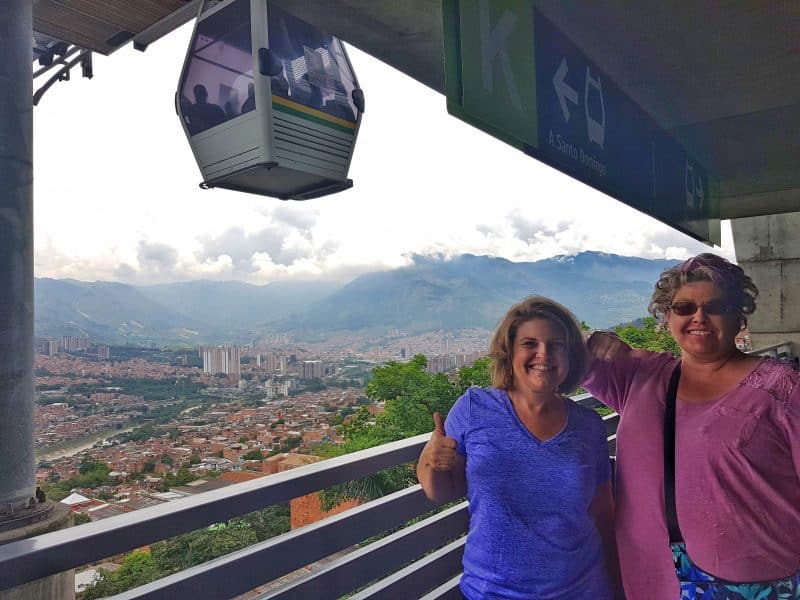
Taxis are also cheap so if you are a family of 4, sometimes taxis are just as cheap when you add up the cost of the metro for all members. The downside with taxis is that sometimes they are not very comfortable (old cars, rough shifting gears, no functional seat belts…etc). Taxis also have to contend with traffic, which is formidable. And if it’s raining or rush hour they can sometimes be hard to find.
Walking is very popular here and everywhere I have been there are sidewalks, cross walks and walking areas. Walking can often be faster than taxis due to the layout of the streets and the traffic. Streets are not really in a grid here so what might be easy in one direction takes twice as long to return. We often will walk to the grocery store but taxi home, partly because of the hill coming back up to our apartment, the weight of the groceries but also due to the location of our grocery store and the layout of the streets which makes it easy to get home. So those things are all factors in your decisions of how to get around. Taxis cannot carry more than 4 people and sometimes 4 big people will be pretty uncomfortable. Taxis are typically very small.
I do Uber sometimes, especially for long trips or when I want a little more comfort or security. It has been declared illegal here and they can take awhile to get to you and frequently cancel if you aren’t really close to where they are when the accept the gig. And if they get pulled over (cops can stop cars randomly for no reason), you have to pretend to be a friend. Sometimes I just don’t want to deal with it, even if it’s a nicer car. But other times I like it.
Getting an Uber at the airport is not a good idea. There are white taxis that are a fixed rate, or you can use a pick up service like this one I used. Be sure to tell them how much luggage you have. SUVs are very rare and Colombians have a “it will fit” attitude even if it really just won’t fit. Consider getting two taxis if you have a lot of luggage and people.
I use two taxi-hail apps that are secure and convenient. Easy Taxi and Coopebombas are apps you might put on your phone when you get here. They allow you to call for a taxi, get the license plate and name of the one who accepted your ride and it shows you when your taxi will get there. You pay in cash, however. Taxis are metered and the ones you hail from the app are safe and licensed and rated so I always feel fine taking them, even at night. Some major stores like Pricesmart (the Costco of Colombia) and HomeCenter (the Home Depot of Colombia) and hotels and malls often have taxis lining up. If there’s a guy there with a clipboard or an iPad who puts you in a taxi, it’s fine. But just for security, if ever you hail a taxi from the street, take a picture of the license plate and send it to someone. My Colombian taxi guy told me to do this, and he said to let the driver know you are doing it. I use street taxis when it’s 1) daytime and 2) I know where I’m going or 3) when I’m with my husband. Otherwise, I use one that I hail from an app.
Taxi drivers often love to chat, they want to know why you are here, they are curious about tourists, etc. I have made some great friends with taxi drivers. If they give you a card or you like them, get their number and WhatsApp them again for some other ride. Colombians are happy to work on the side for special arrangements.
Taxis are cheap. The most I have paid for a taxi is $9 USD, for about a 30-minute ride. I usually tip up to the nearest 1000 pesos or more if I really like them. I like to make comments about nice taxis and/or working seat belts.
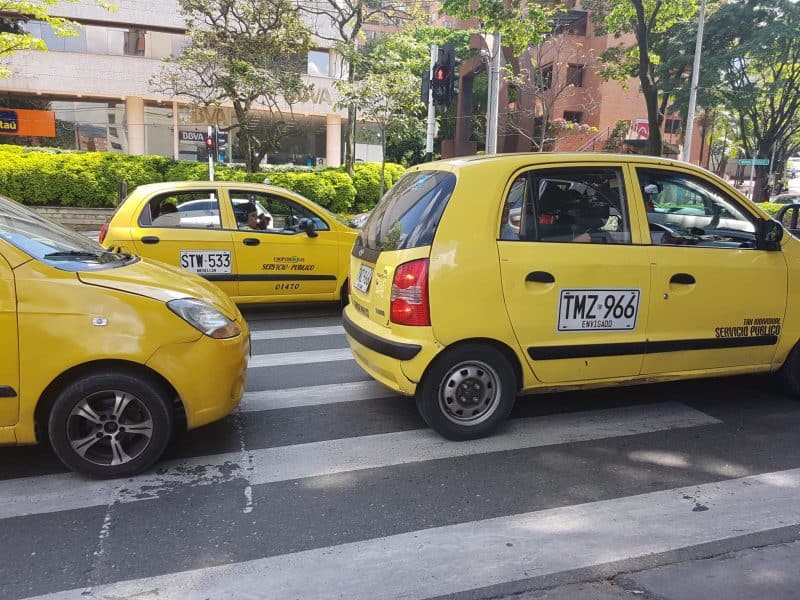
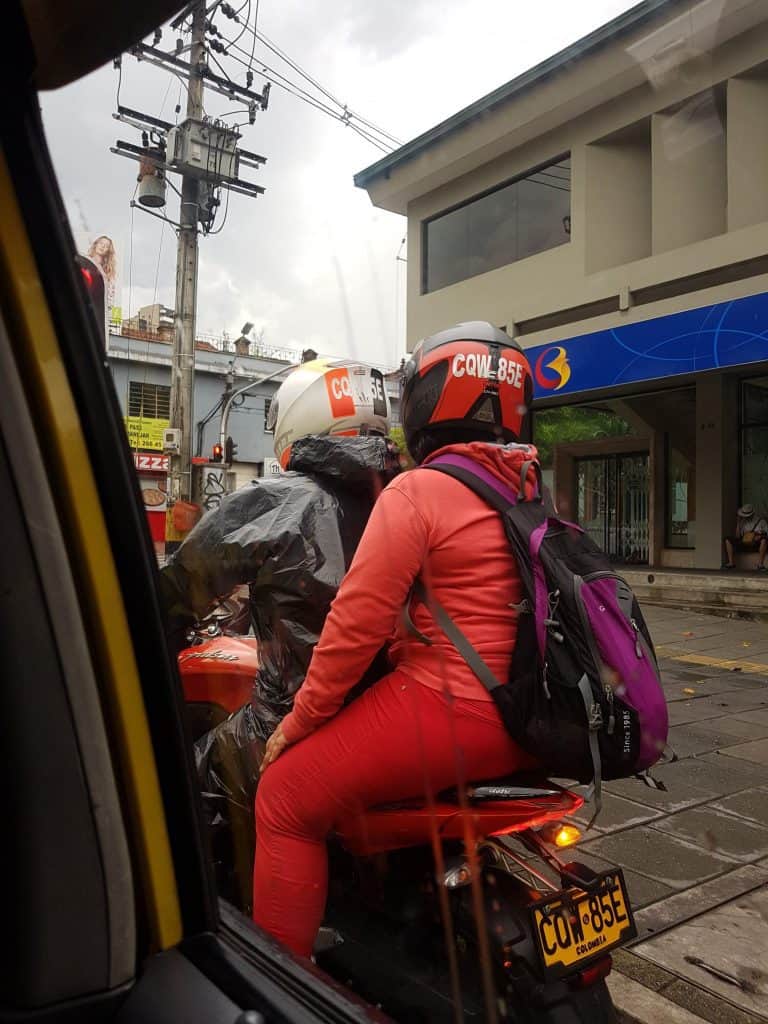
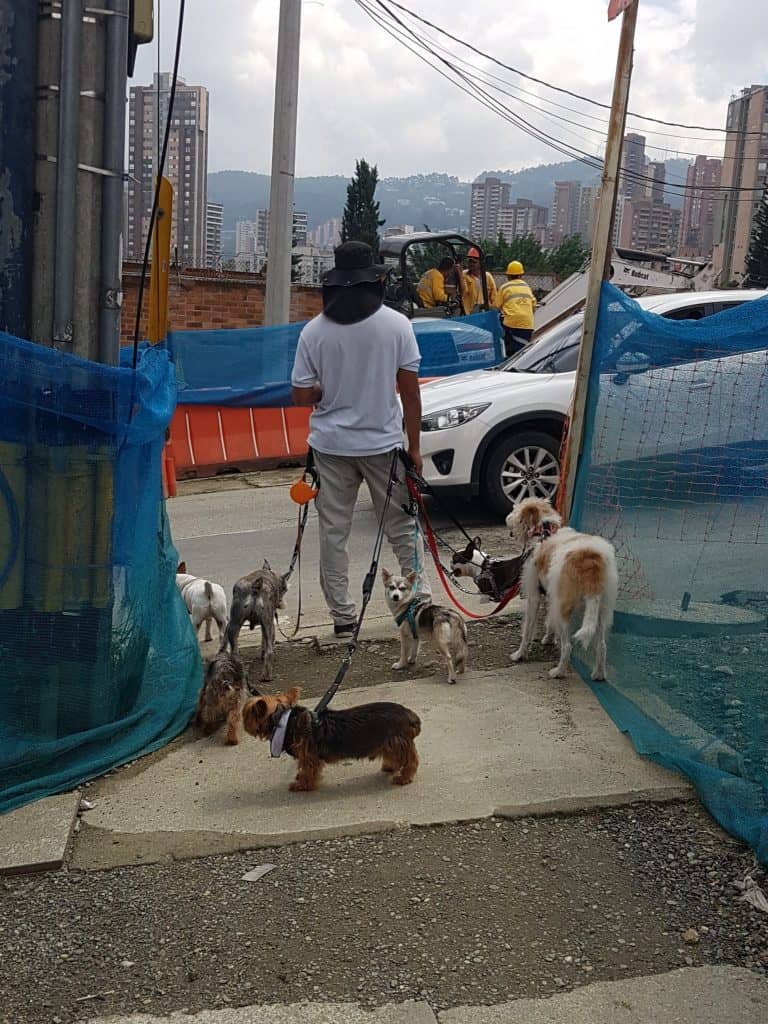
What’s the best way to have communication?
If your home cell phone provider has an international plan, check the cost. NOTE: If you have T-Mobile’s service with their free international coverage, be prepared for them to shut you down after 3 months, if you plan on staying overseas longer than that. Otherwise you can get a SIM card here and 2 GB of data for about $15 USD a month. But the process could take an hour or more to get it initially all set up (and you need your passport when you go). And if you’re here longer than a few weeks you’ll have to go through the process of registering your phone too. It’s not a hard process but some people have had trouble with it. We registered 4 phones and so did my friend Jamie with minimal issues. It’s a bit of Figure Sh!t Out issue so you’ll just need to have time in your schedule to overcome any issues that might arise, if that’s the route you take. I can advise you further on that, if you like.
We chose Claro as our provider but Jamie uses Tigo. Both have worked fine. Download their respective apps and be sure to watch your data consumption, balance, etc. Oh, and in order to get your phone “registered” in Colombia, it really helps to have the original purchase receipt for your phone. If you don’t have a receipt, enlist a friend of yours who’s good at simple graphic manipulation or PDF editing.
Incidentally, this works on return plane tickets, too. Just take an old plane ticket receipt you have in your email, save it to a PDF file, then upload it to your pdffiller.com account, change the reservation number and destinations, times, amounts…etc. They NEVER actually check that stuff. Just be sure your “return ticket” is not on the same airline that you’re going to be showing it to. They might notice that the reservation number is bogus. We pick real flights, but we have to make up the reservation number.
I know this all sounds weird… but when you’re a Worldschooler, you gotta work around a world that is not set up for nomads like us. Our life tends to be one long “Figure Sh!t Out” session sometimes.
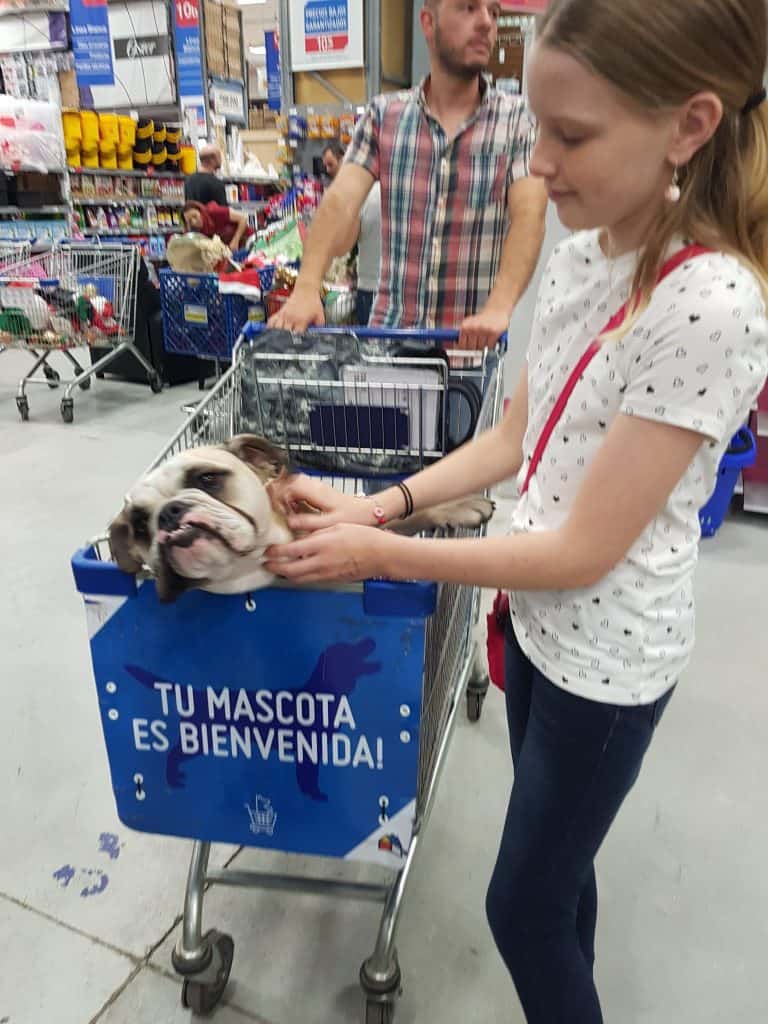
What should I bring?
Walking shoes that are comfortable. There is a lot of walking, stairs and hills. So make sure they stay on. Flip flops are fine but it’ll make you stick out more as a foreigner. That’s not a big deal but no Colombians wear flip flops. Colombians in general care a lot about their appearance and tend to look nice when they go out.
Umbrella. Even when it’s not rainy season, sometimes the afternoon will bring a brief storm. And what’s happening in one part of the city could be totally different than another part. Even weather apps can’t predict what your day will hold. Bring an umbrella and carry it with you always.
Refillable water bottle. You can drink the tap water here so save the oceans and just refill your bottle. At restaurants, you can ask for “agua de llave” – which means tap water. You’ll save money AND the oceans.
As for clothes – you would probably be comfortable in shorts and a short sleeve shirt all day, every day. I hardly wear anything else. If you want to blend in more, wear long pants (skinny jeans, but if you fit into skinny jeans, I hate you! haha!) or at least not shorts. (Although my husband wears shorts all the time… so, let your personal sensibilities guide you.) You can bring a hoodie or light coat but honestly I’ve never been cold enough to wear one. Buses might be cold if they are going to other parts of Colombia. And theaters tend to be cold.
Whatever purse or bag you usually like to carry is fine. I use a small backpack because I walk a lot and it’s easier to distribute the weight. I flip it to the front in a crowded metro but otherwise I just use it normally. I carry my phone in my pocket sometimes when I’m using it a lot but otherwise it’s in my bag.
No need to carry your passport but carrying a photo copy of it would be good. Carry a picture ID, you will need to show it when using a credit card at the store sometimes. My driver’s license works fine, or some other government issued ID. Almost all stores take credit cards, but taxis do not. Getting cash out of the ATM is easy but for safety purposes, just do it at a real ATM issued by a bank, not some random one on the street. The max you can usually get out is 1,000,000 pesos which is about USD $345.
Bring some Lipton onion soup mix and Junior Mints for me. #choosybeggar
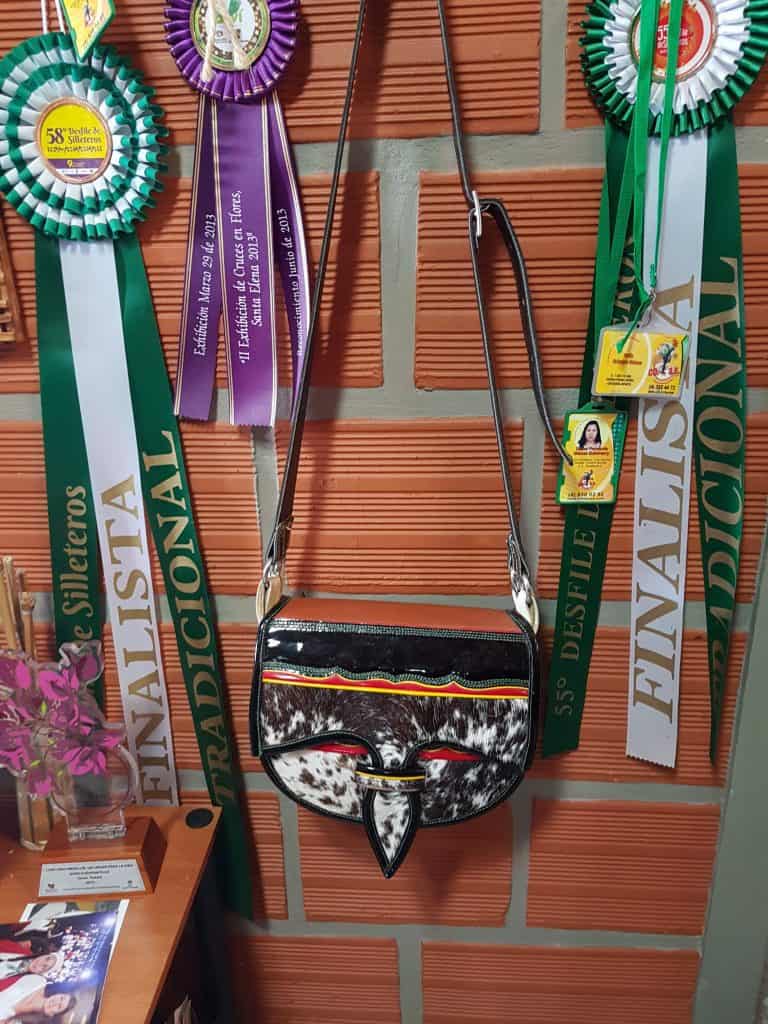
What should I do before I get there?
Get in shape – hahaha! I’m one to talk. But honestly, it’s a LOT of walking, a lot of stairs and a lot of hills. Medellin is just shy of a mile high in elevation (4905 feet) so you might notice it a bit once you get here and walk around.
Download Whatsapp – seriously, everyone uses Whatsapp. Taxis, tour guides, other Worldschoolers, etc. Just get it, you’ll be shocked at how much you use it.
Practice your Spanish – there’s not a lot of English here. Yes, you can find English speaking tours but for your day-to-day life at restaurants, shops, taxis, your door guards, laundromat, etc..? Yeah, not a lot of English.
Join some of the expat Facebook groups if you’ll be here for awhile so you can ask more questions or get a vibe for the city. But proceed with caution because some of them can have a little more snark than others. Here’s Medellin Expats, the busiest and the snarkiest. Then there’s this one for Worldschoolers that is new, this one for women here and this one for moms in Medellin.
What should I do once I am there?
You can read my blog posts for things we’ve done that you might enjoy too, but here’s a list of things to Google to see if they hold any appeal: Comuna 13, Parque Arvi, La Sierra, Parque Norte and Explora, Botanical Gardens, Junin or just hang out at one of the many parks. Day trips include Santa Elena, Guatape, Santa Fe, Carmen de Viboral. There are oodles of info online about all of those. You can also get on the metro at one of the southern stops and just ride the line. I recommend going up to Parque Arvi by cable car for sure. It’s a great trip. Check online because the Parque is usually closed on Mondays.
We recommend you use Rappi while you are here, which is a delivery service that will bring just about anything to you. Download the app (their mobile site might work better for you… your mileage may vary) and go to town! It’s easy. Note that the first time you use it, especially if you are paying cash, they might call to verify that you are real. Try to use a credit card if you can. Tip your Rappi delivery guy 5,000 – 10,000 pesos if you want to actually impact someone’s life. Stay in the mobile site when your order is in process, they sometimes have questions and if your Spanish is limited you can ask them to use chat rather than call you. Once you order Rappi, you’ll be hooked on the convenience. And you’ll start to see them everywhere! I’m obsessed with Rappi for some reason.
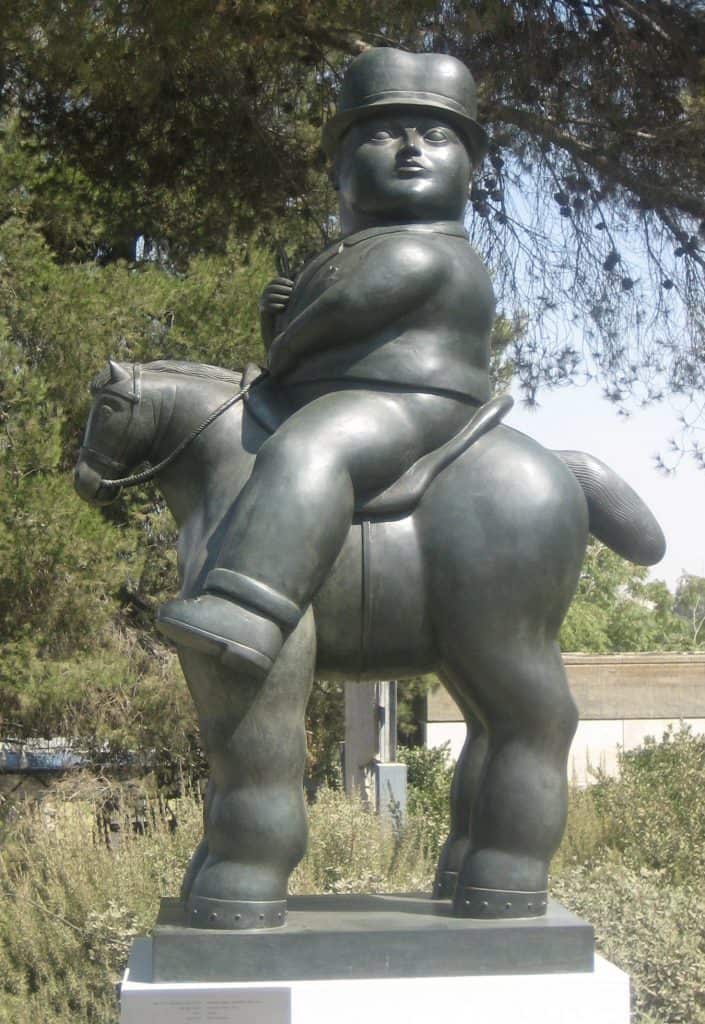

What other tips do you have for me?
- When you close the taxi doors, do it gently. They have a thing about that for some reason.
- When you buy something at the store, the process goes like this. I’m putting the key words you’ll hear in Spanish in caps.
Do you have PUNTOS? (loyalty points)
Do you need a BOLSA (bag) – you pay extra for bags so for cost savings and for the oceans, bring your own.
They total it up and you hand them your credit card, they’ll want ID, then they’ll ask how many CUOTAS (payments). Just answer “una” all the time. Then they’ll ask if you want a COPIA of the credit card transaction in addition to the store receipt. Answer as you wish.
Then it should be over. It’s a lot of questions and you have to pay attention, but you have to let the questions play out naturally. Dan likes to frontload the questions by answering them all at once but nobody likes that. Don’t be like Dan.
- When you use your credit card at a restaurant they will ask if they can include the propina (tip). They have to ask. I always say yes, and I also give another propina in cash to the waiter/waitress directly. This is really uncommon but I like to do it for good service and they usually really appreciate it. When you pay with credit card they bring the little machine to your table to charge your card so for that reason when you ask for the check they always ask how you’ll be paying – cash or card.
- Greetings and departures are VERY important here. You say “buenos dias/tardes/noches” to everyone you see, for the most part. In an elevator as you depart, they all say hasta luego to you or you to them as they depart. This is very important. You start with a greeting, then proceed with business (slowly). Take a moment to let the greeting process proceed before you start the business, such as in taxis or at restaurants. For Americans this is definitely important to remember because we are a little more down-to-business minded.
- The money conversion is the hardest I’ve found. At this moment what I do is take off 3 digits (usually all zeros) and divide by 3. 50,000 pesos is about $16. That’s the largest bill in circulation. For the most part taxis like smaller bills, like 20,000 but it’s not usually a big deal unless it’s early on in their shift. The bills look different because there is old money and new money floating around. It’s a bit crazy. The only coins that are worth anything are the 500 (15 cents) and 1000 (30 cents). Note that “mil” (pronounced MEAL) means thousand. Millone means millions. So you might ask for change from a taxi of “tres mil”, which means 3000, which means about $1. So get used to hearing “mil”.
- Keep in mind that Colombian culture is VERY word of mouth. If something isn’t online, it doesn’t mean it doesn’t exist. The best thing to do if you are looking for something is to ask someone if they know where to find, or do, XYZ. They probably will, or have a brother/cousin/friend, who does. That doesn’t mean it’ll happen, so have a plan B or C lined up if it’s really important to you. Or plan to ask a few people. From my experience, guards and taxi drivers know their stuff and have connections. But a lot of the things you might want to do are online, like tours and outings and researching places to explore in the city.
- I don’t ask people about Pablo Escobar. Some people will mention him and others are trying to forget. Unless you know someone well or they bring it up, I would not. I don’t do the Escobar tours either, but that’s your choice.
- Taxi drivers don’t know the whole city, and sometimes they are brand new. So you’ll want to use maps (Waze works better) and direct them if they don’t know, or just hold your phone for them to see it. But you should have a general idea of where you’re going, having looked at a map, or at least watch your map as you go. They are not likely to lead you astray but just don’t count on them knowing all parts of the city. This is why having data on your phone is important, and I don’t recommend simply relying on public Wifi.
- Taxi drivers will usually want an address so look up where you are going, so try to get the exact address and a mall and/or park nearby. If you have a phone number for the taxi driver to call and get more info, that helps too. I often say it takes three of us to find somewhere new: me, the taxi driver and Google. After you get settled in, try to orient yourself to your Airbnb or hotel so you can direct the taxi from the nearest landmark.
- But if you ARE watching your phone in the taxi, keep it low and out of sight and at stop lights, put it down and don’t be looking at it. Pay attention to your surroundings. Intersection theft is the #1 way people lose their phones here. So put it down and act like you don’t have a phone when you’re approaching a stop light. And don’t be looking at your phone if a motorcyclist is staying even with your car during driving. They could be casing you for a smash and grab when your car comes to a stop. I say this only because it CAN happen, not because it WILL happen. Just be aware.
What do you suggest for education?
My kids go to a local, private non-bilingual school and I know of a few other schools who seem open to accepting foreigners. Contact me further about that. I know a lot of people come here for Spanish lessons and schools are easy to find and often arrange outings with the students. So I’d do that if I were you. I don’t know of any Spanish school personally, but I would suggest you try to get one within walking distance from your lodging just to make it easier to get around. Alternatively, hiring someone to come to your house or meet in a cafe is very very easy and has advantages too. Check out the Facebook groups for more referrals on that topic. I haven’t used that as much so can’t really advise on anyone specific. In my experience, having someone to help you with the language, and having the routine of the class, is a very nice way to spend time here.
Que Mas?
That’s Colombian for “what’s up?” but here I’m using it as “what more?” Do you have more questions? Feel free to contact me (the contact button sends an email directly to me so that’s the best way) and I’d be happy to try and help, or at least put you in touch with someone who might.
Keep in mind that these tips I’ve given you are based on my experiences. They may not be yours, but they also might be. So be a good Worldschooler and roll with the punches.

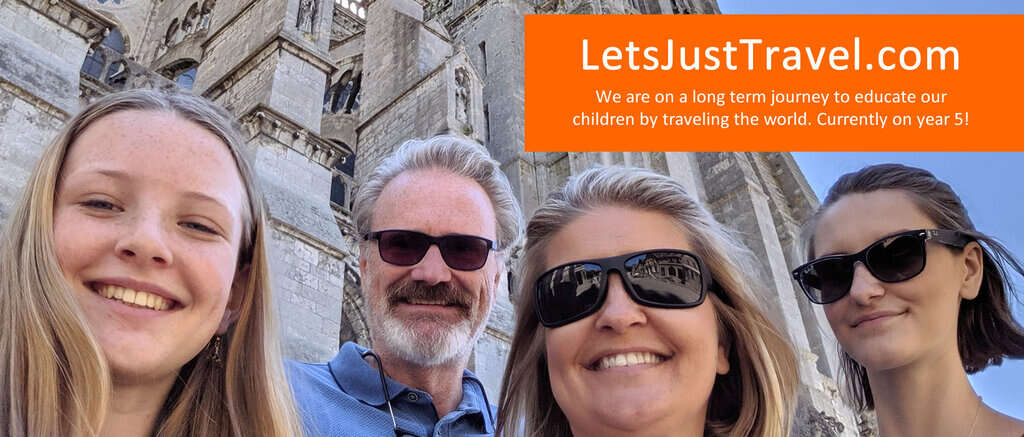
This was great Allison!
Wonderful article!!!! <3
Hi Allison,
It’s very nice to see you write about Colombia with so much passion. I myself am from Santa Marta but I did my university in Medellin (EAFIT) and my family still lives there. My brother currently lives in El Poblado and my mom fell in love with Jardin so we rent out a place for her there.
I lived in Canada for 10 years and my kids were born there and we had this dream to move to Amsterdam because we love this country and city. MY husband and I are very happy here with the school, friends, neighbourghood but at the same time there are 2 things that could be much better, cost of rentals/housing and winters. My body didn’t do well for the last 2 winters and I am taking note of that. Since my mom is getting older and even though I love my experience here, I think my decision to come here has created such a big distance. Flights are so expensive that I can’t just hop in with the kids and go plus schools only offer 2 weeks holiday in December which is not enough for such a long trip and to be there. So I am looking at my options. Like calling the school council here and getting a permission for exemption of school etc so that kids can go for a longer period of time during winter time given my health issues, etc. And if eventually things get really difficult with the permissions, I would have to consider a change that gives me more flexibility and I am really not sure what that is. Wether that is flying to Colombia and the kdis would go to school there and my husband would have to stay in Amsterdam and be in distance for some time, or maybe a more flexible country/rules in Europe with nicer weather and the possibility to come in winters to Colombia. If you have any ideas or inspiration since you are experienced in worldschooling, I am all eyes and ears. I’m looking at Portugal if going to Colombia would be too much for my husband and I with the intent that he can keep his job in NL but live in Portugal.
Do you know families in Jardin as well, which would know about school that are flexible for expatsbthere etc. I like the idea of going rural a bit if possible.
BTW, I love that you wrote about no dar papaya and how we call it our 11th commandment. I am guessing you also heard about the 12th commandment which would be “a papaya puesta papaya partida” 🙂
Wishing you all the best and looking forward to any thoughts that you would love to share.
Nella